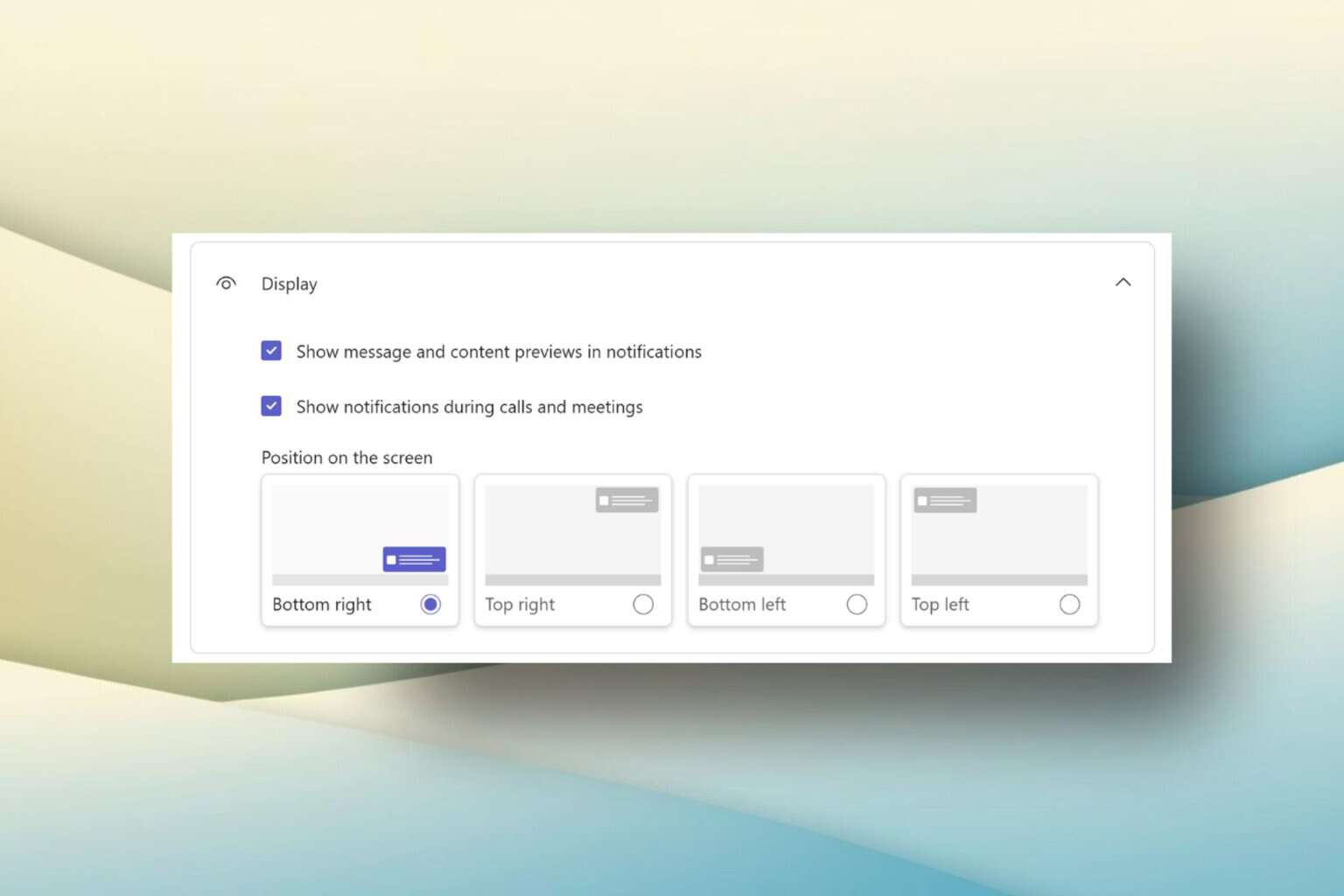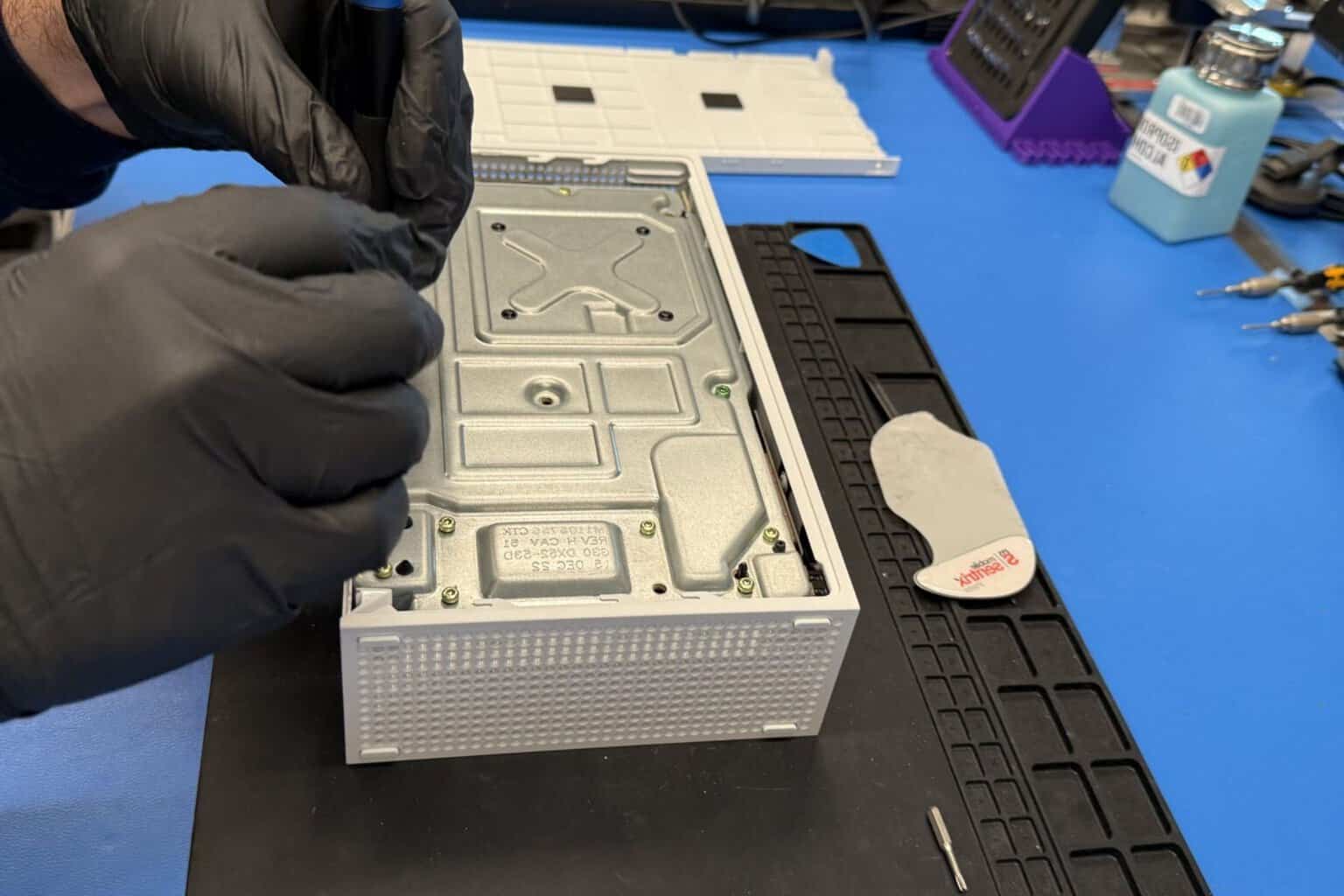These 3 AI trends will define 2024, according to Microsoft
Accessibility, multimodality, and science are in for AI.
5 min. read
Published on
Read our disclosure page to find out how can you help Windows Report sustain the editorial team. Read more

Microsoft announced the Copilot key coming to Windows-oriented devices, and with it, the Redmond-based tech giant says it will usher in a new era for AI and computers. 2024 is expected to be a big year for tech, and especially for Microsoft services and products, due to their continued integration with AI.
For example, while Windows 12 won’t be coming out this year, most likely, Microsoft will release the Windows 11 24H2 major patch update, later this year, and the company will add even more AI features to Windows 11.
We’ve already seen some of them coming to the Insider Program, such as the Auto Super Resolution, which dramatically improves gaming performances on Windows 11 with the help of AI.
However, Microsoft agrees that AI in 2024 will not be solely focused on improving computing power, but instead, the AI trends for this year pinpoint a greater adoption rate from the general public. In other words, AI will become a big part of our tech lives by the end of the year.
Could AI be the next Internet? Possibly so, but the Redmond-based tech giant says AI will also be revolutionary in several other areas.
AI trends in 2024: Top 3 trends that will define the year
According to Microsoft, these 3 trends will define AI in 2024, and they’re focused on making people’s lives better, on every level. We’re talking about integrating AI into the work life, to using AI to discover new medical treatments.
1. Small language models
This trend, which started gaining popularity last year, when Microsoft released dozens of AI models, such as Project Rumi, Orca 13B, phi-1, and many more, is set to continue to grow this year, too, but with another goal behind,
The small language AI models will become widely used in 2024 due to their affordability, accessibility, and small cost to implement and integrate, says Microsoft.
Small language models can make AI more accessible due to their size and affordability. At the same time, we’re discovering new ways to make them as powerful as large language models (LLMs).
Microsoft
The best thing about them is that they can be purposed to complete specific tasks, such as coding, or researching, or communication. Microsoft wants to contribute to this trend by making its existing SLMs, such as Orca and Phi, as powerful as the large language models, and this will lead to people having access to tools to use for a variety of tasks.
2. The rise of the Multimodal AI
AI in 2024 will need to be able to handle multiple task requests that span over a wide category of content. For instance, it’s not enough for the AI to just provide users with text-based solutions.
They need to be able the tasks of creating images, audio, and even video if they want to stand any chance on the market, says Microsoft.
The Multimodal AI will be able to provide a complete experience, similar, says Microsoft, to the human experience, something that most users will be impressed with.
Multimodality has the power to create more human-like experiences that can better take advantage of the range of senses we use as humans, such as sight, speech and hearing.
Microsoft
Having an AI that understands the need to visualize images, and hear sounds will accelerate its adoption, as users will be able to use multimodal AI for a variety of tasks.
Microsoft gives the Copilot example, which is already capable of providing users with text, images, and audio solutions.
3. AI in Science and its use in Medical breakthroughs
Ultimately, Microsoft agrees that the biggest trend for AI in 2024, will be its usage in Science and Medical fields, where it can lead to scientific and medical breakthroughs.
The Redmond-based tech giant exemplifies this with several situations: from AI helping cancer research to creating new tools for sustainable agriculture, new molecules for breakthrough medicines, and new drugs for infectious diseases, as well as helping accelerate the search for less to non-toxic battery materials.
As a matter of fact, Microsoft initiated and founded an AI project in this regard, called DeepSpeed4Science, which aims to use AI to accelerate scientific breakthroughs. Last year, OpenAI also initiated the movement for reaching AGI and ASI, which will effectively change scientific research once these points are reached.
Microsoft says that this is the ultimate goal of AI: to help humanity understand the scientific reality around it.
Artificial intelligence is driving a revolution in scientific discovery that may turn out to be the most exciting, and ultimately the most important application of AI.
Microsoft
2024 will be the year of AI from many perspectives: Qualcomm will reportedly break into the PC CPU market with AI-based units that will mark the beginning of AI Windows PCs.
NPUs are going to become more popular this year, effectively becoming a standard for devices from 2025 onwards, and big tech companies, such as Microsoft, Google, Meta, or OpenAI will focus on letting people with no coding knowledge build their own AI model.
So, for AI skeptics out there: you should get ready because we’re starting to live in the era of AI.








User forum
0 messages